界面设计模式 pdf epub mobi txt 电子书 下载 2024
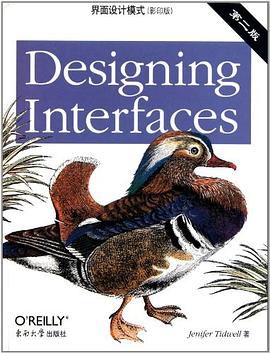
简体网页||繁体网页
图书标签: 交互设计 设计 用户体验 UX 网页设计 web 产品设计 互联网
喜欢 界面设计模式 的读者还喜欢
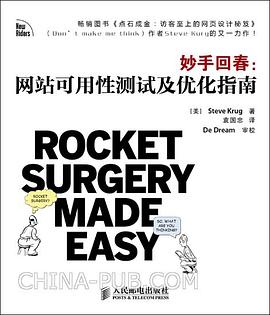 妙手回春 pdf epub mobi txt 电子书 下载
妙手回春 pdf epub mobi txt 电子书 下载 交互设计沉思录 pdf epub mobi txt 电子书 下载
交互设计沉思录 pdf epub mobi txt 电子书 下载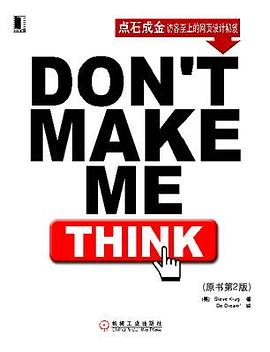 点石成金 pdf epub mobi txt 电子书 下载
点石成金 pdf epub mobi txt 电子书 下载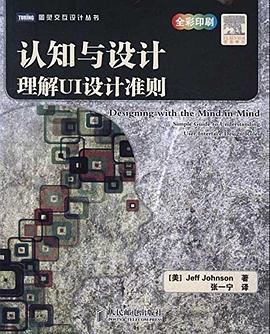 认知与设计 pdf epub mobi txt 电子书 下载
认知与设计 pdf epub mobi txt 电子书 下载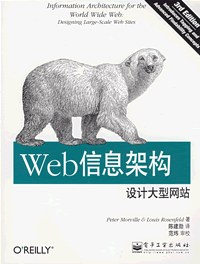 Web信息架构(第3版) pdf epub mobi txt 电子书 下载
Web信息架构(第3版) pdf epub mobi txt 电子书 下载 微交互 pdf epub mobi txt 电子书 下载
微交互 pdf epub mobi txt 电子书 下载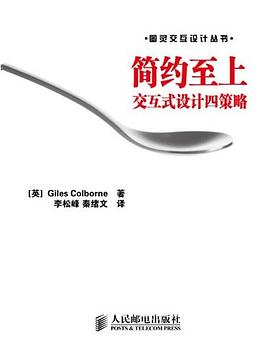 简约至上 pdf epub mobi txt 电子书 下载
简约至上 pdf epub mobi txt 电子书 下载 众妙之门 pdf epub mobi txt 电子书 下载
众妙之门 pdf epub mobi txt 电子书 下载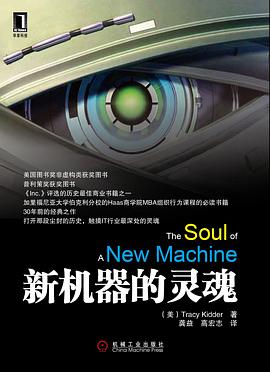 新机器的灵魂 pdf epub mobi txt 电子书 下载
新机器的灵魂 pdf epub mobi txt 电子书 下载 精益设计 pdf epub mobi txt 电子书 下载
精益设计 pdf epub mobi txt 电子书 下载
点击这里下载
发表于2024-06-15
界面设计模式 epub 下载 mobi 下载 pdf 下载 txt 电子书 下载 2024
界面设计模式 epub 下载 mobi 下载 pdf 下载 txt 电子书 下载 2024
界面设计模式 pdf epub mobi txt 电子书 下载 2024
图书描述
尽管目前已经存在了各种各样的用户界面设计工具,设计良好的应用界面仍然不是一件容易的事情。这本畅销书是极少数可以信赖的资料,它能帮助你走出设计选项的迷宫。通过把捕捉到的最佳实践和重用思想体现为设计模式,《界面设计模式》提供了针对常见设计问题的解决方案,这些方案可以被裁减以适用于你的具体情况。本修订版包括了手机应用和社交媒体的模式,以及web应用和桌面软件。每个模式包含了用全彩方式展现的运用技巧,以及你可以立刻取用的务实建议。有经验的设计人员可以把这本指南作为思想的源泉,而新手则可以通过它发现一条通往界面和交互设计世界的大道。
著者简介
Jenifer Tidwell是交互界面设计、信息架构和预设计分析方面的作家和顾问。她为很多公司,比女[IGoole并[IMathWorks,设计和搭建过用户界面。
图书目录
界面设计模式 pdf epub mobi txt 电子书 下载
用户评价
略浅
评分我觉得就是一堆模式的堆列,几乎所有的模式在日常使用中都遇到过,缺乏启发性,没有不正确的示例,对我的用处感觉不是很大
评分提高一下自己的知识水平
评分提高一下自己的知识水平
评分挺不错的界面设计模式探讨,就是太泛泛而谈,模式太乱
读后感
看了80多页了,有点看不下去了。感觉远没有《设计模式》那本书经典。该书用词过于罗嗦,不简洁,所列的模式有点老生常谈,不新鲜,不惊奇,即使不看本书,要设计的时候也应该这么设计。 翻译确实有点拗口,许多模式名称应该保持英文,翻译成中文有点怪,比如,面包屑模式。 ...
评分《界面设计模式》 这本书是我近一年来读过的最好的一本书,没有之一。 本书总结出很多常用的交互设计中的“模式”,将交互设计中经验性的东西提炼并系统化,对每种模式都进行了应用场景分析,结合实例,让读者能更深入理解为什么要使用这种模式的原因;其实阅读的过程也是梳理...
评分看了80多页了,有点看不下去了。感觉远没有《设计模式》那本书经典。该书用词过于罗嗦,不简洁,所列的模式有点老生常谈,不新鲜,不惊奇,即使不看本书,要设计的时候也应该这么设计。 翻译确实有点拗口,许多模式名称应该保持英文,翻译成中文有点怪,比如,面包屑模式。 ...
评分《界面设计模式》 这本书是我近一年来读过的最好的一本书,没有之一。 本书总结出很多常用的交互设计中的“模式”,将交互设计中经验性的东西提炼并系统化,对每种模式都进行了应用场景分析,结合实例,让读者能更深入理解为什么要使用这种模式的原因;其实阅读的过程也是梳理...
评分看了80多页了,有点看不下去了。感觉远没有《设计模式》那本书经典。该书用词过于罗嗦,不简洁,所列的模式有点老生常谈,不新鲜,不惊奇,即使不看本书,要设计的时候也应该这么设计。 翻译确实有点拗口,许多模式名称应该保持英文,翻译成中文有点怪,比如,面包屑模式。 ...
界面设计模式 pdf epub mobi txt 电子书 下载 2024
分享链接
相关图书
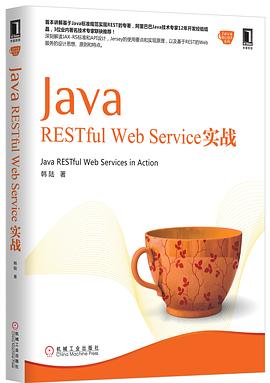 Java RESTful Web Service实战 pdf epub mobi txt 电子书 下载
Java RESTful Web Service实战 pdf epub mobi txt 电子书 下载 亿级流量网站架构核心技术 pdf epub mobi txt 电子书 下载
亿级流量网站架构核心技术 pdf epub mobi txt 电子书 下载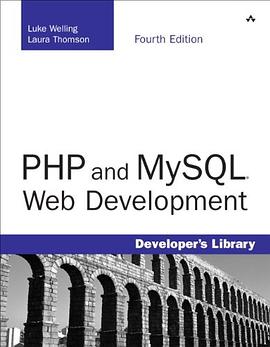 PHP and MySQL Web Development pdf epub mobi txt 电子书 下载
PHP and MySQL Web Development pdf epub mobi txt 电子书 下载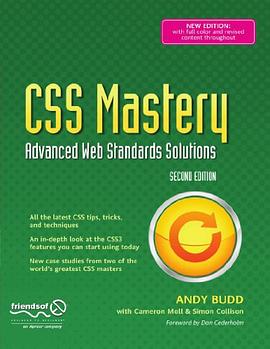 CSS Mastery pdf epub mobi txt 电子书 下载
CSS Mastery pdf epub mobi txt 电子书 下载 CSS pdf epub mobi txt 电子书 下载
CSS pdf epub mobi txt 电子书 下载 Web渗透技术及实战案例解析 pdf epub mobi txt 电子书 下载
Web渗透技术及实战案例解析 pdf epub mobi txt 电子书 下载 Web开发权威指南 pdf epub mobi txt 电子书 下载
Web开发权威指南 pdf epub mobi txt 电子书 下载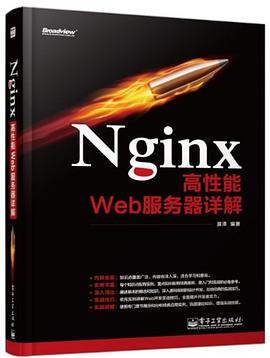 Nginx高性能Web服务器详解 pdf epub mobi txt 电子书 下载
Nginx高性能Web服务器详解 pdf epub mobi txt 电子书 下载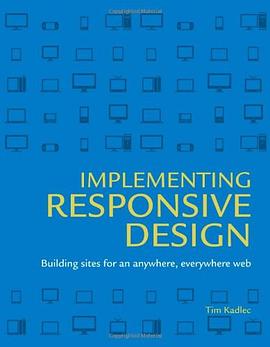 Implementing Responsive Design pdf epub mobi txt 电子书 下载
Implementing Responsive Design pdf epub mobi txt 电子书 下载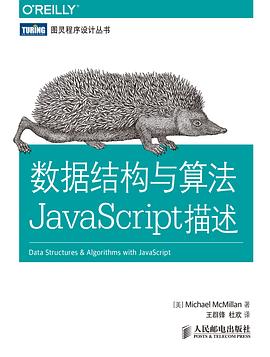 数据结构与算法JavaScript描述 pdf epub mobi txt 电子书 下载
数据结构与算法JavaScript描述 pdf epub mobi txt 电子书 下载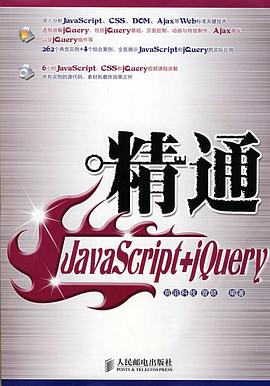 精通JavaScript+jQuery pdf epub mobi txt 电子书 下载
精通JavaScript+jQuery pdf epub mobi txt 电子书 下载 BLOG启示录 pdf epub mobi txt 电子书 下载
BLOG启示录 pdf epub mobi txt 电子书 下载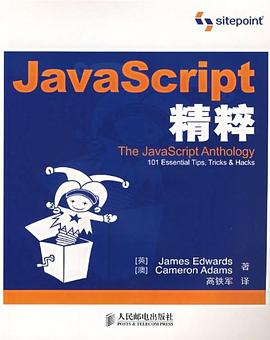 JavaScript精粹 pdf epub mobi txt 电子书 下载
JavaScript精粹 pdf epub mobi txt 电子书 下载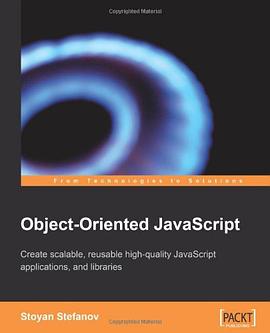 Object-Oriented JavaScript pdf epub mobi txt 电子书 下载
Object-Oriented JavaScript pdf epub mobi txt 电子书 下载 Servlet和JSP学习指南 pdf epub mobi txt 电子书 下载
Servlet和JSP学习指南 pdf epub mobi txt 电子书 下载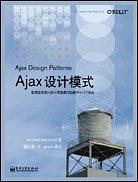 Ajax设计模式 pdf epub mobi txt 电子书 下载
Ajax设计模式 pdf epub mobi txt 电子书 下载 深入浅出React和Redux pdf epub mobi txt 电子书 下载
深入浅出React和Redux pdf epub mobi txt 电子书 下载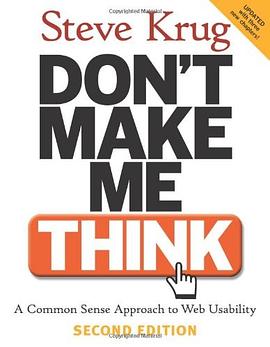 Don't Make Me Think pdf epub mobi txt 电子书 下载
Don't Make Me Think pdf epub mobi txt 电子书 下载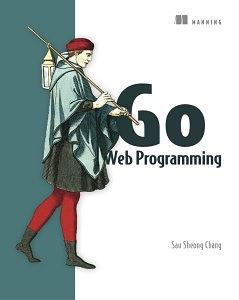 Go Web Programming pdf epub mobi txt 电子书 下载
Go Web Programming pdf epub mobi txt 电子书 下载 Beginning CSS Web Development pdf epub mobi txt 电子书 下载
Beginning CSS Web Development pdf epub mobi txt 电子书 下载



